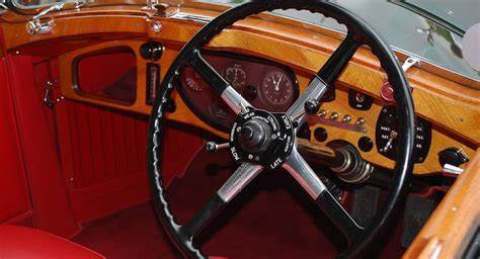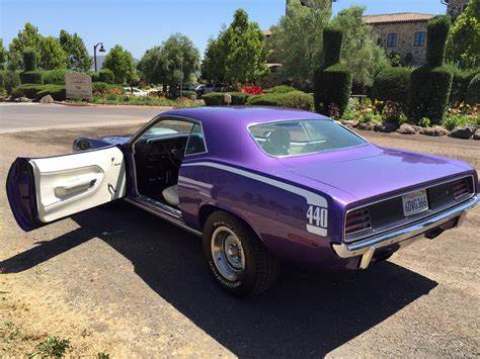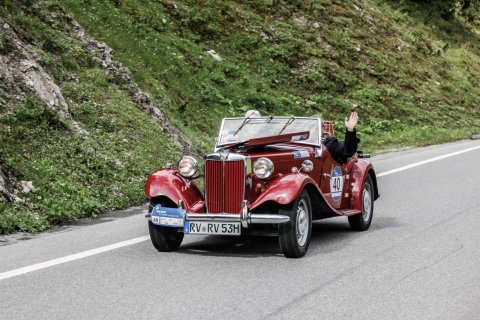How to Maintain A Classic Car

Monthly tire inspections. The tires on our cars are hardly given the credit they deserve. They’re a huge factor in our ability to take our classic cars out for a stroll. They’re our cushion between us and the road so it’s definitely a good idea to make sure they’re working right. Most people don’t attend to their tires until they notice something is wrong. Some may not know they had tire issues until something catastrophic happens; you don’t want to be in that situation, trust me.

Use battery tender. Some of you lucky people out there have a classic car that works so well that you’re able to use it as a daily driver. Maybe you’ve made some modifications that makes it a bit more modern which makes daily driving a possibility. Unfortunately, most of us that own a classic car don’t have the luxury of driving it every day either because it’s not the most reliable source of daily driving or because antique plate regulations don’t allow you to drive it as much.

Check cooling system. When it comes to classic cars, the cooling system is an extremely important component, even more so than modern cars. Classic cars are older and have a higher tendency to overheat which is why maintenance on your cooling system is vital to the health of your vehicle. The main components you’ll want to check are the coolant, fan, hoses, and radiator. The water pump is also an important part to the cooling system, but it’s a little harder to get to and check.

Test/Check brakes. Testing and checking the brakes on your classic car is vital when it comes to maintaining your classic car. Brakes won’t suddenly fail if you let your classic car sit, however they can lose some functionality and require longer distances to stop. Because we don’t drive our classic cars all too often, dust and dirt can build up in places we never want it to go. This can include the brakes. Rain and condensation can also get into the brakes and cause a little bit of rust.

Drive regularly. There’s a lot that can happen to your car when you just let it sit for long periods of time. Like I said before, it’s okay if you can’t take it for a drive every day, however you shouldn’t just let it sit for months at a time with no attention and no driving. If you have not taken the steps to prepare it for long term dormancy, you should never let your car sit for longer than a month without starting it up for at least a few minutes.
The copyright belongs to gearandcylinder.
No comments:
Post a Comment